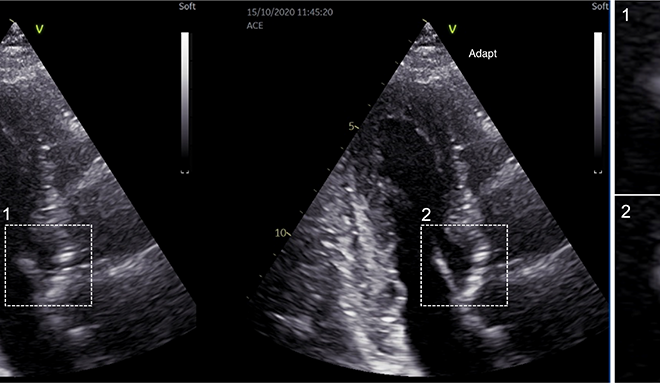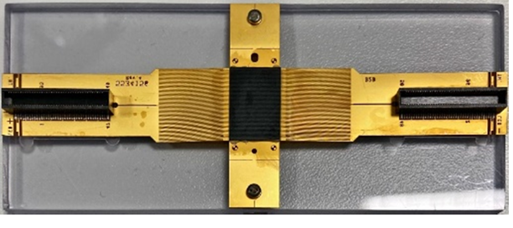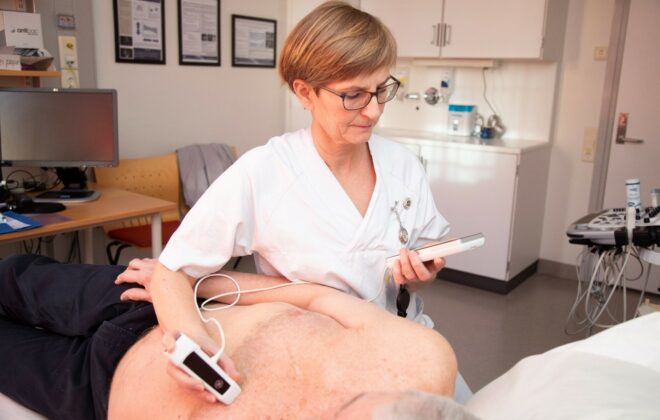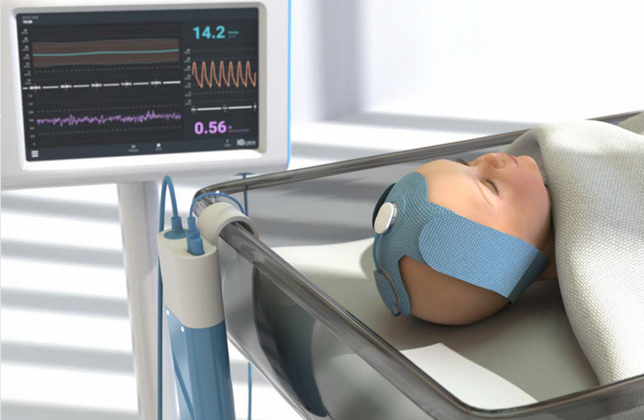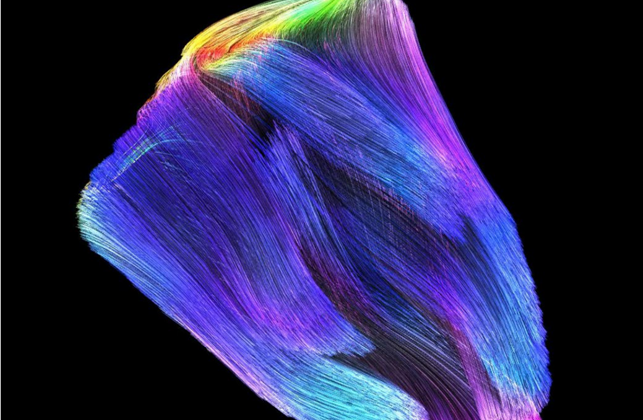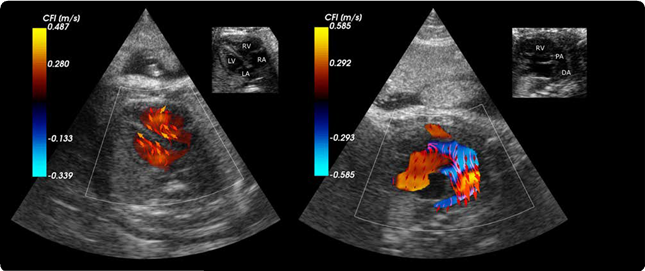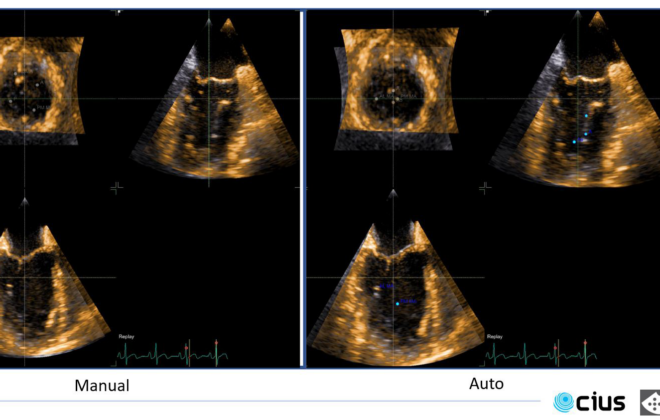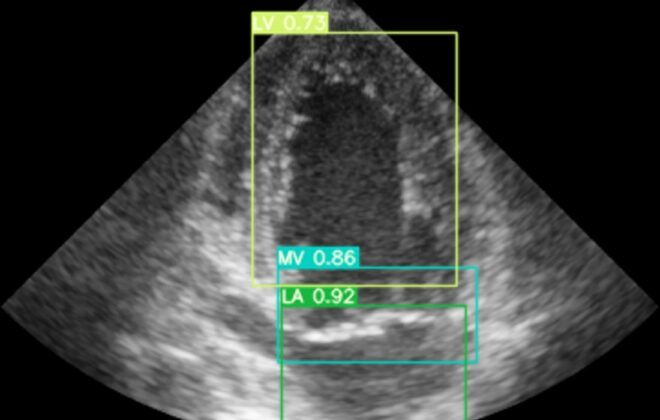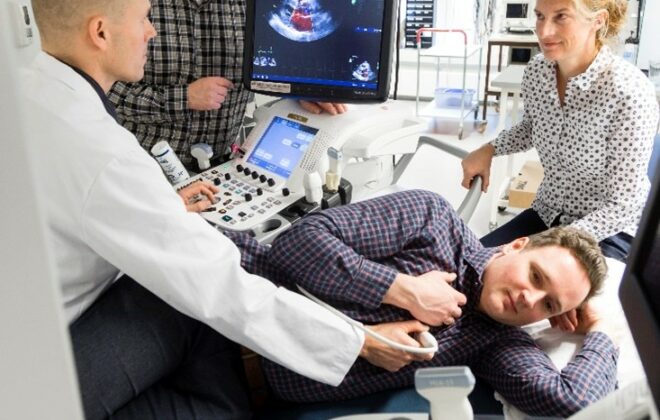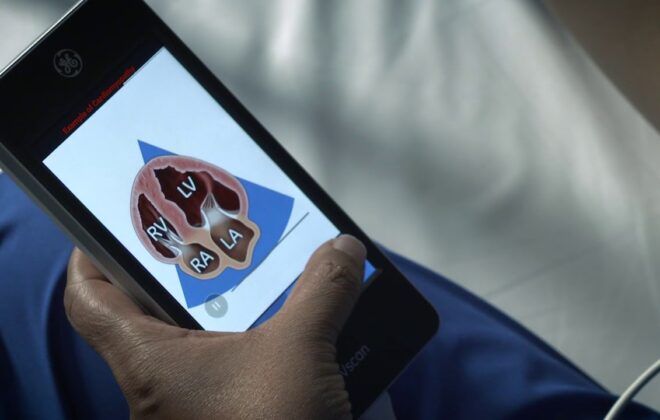In sharper focus
Take a 40-year-old problem of ‘unfocused’ ultrasound images, add dedicated researchers at a centre for research-based innovation, and the result? Sharper, clearer images regardless of the patient’s anatomy – a vitally important improvement for diagnosing heart attacks and their severity.
Higher resolution with new ultrasound probe design
Commercial ultrasound probe designs have their pros and cons, but what if we combine the pros of two designs to create a new type of transducer? One that can acquire more information and producer higher resolution images for improved cardiovascular diagnosis?
Can AI on hand-held ultrasound help diagnose heart failure?
Artificial intelligence software and telemedical transfer of images have shown promising results in aiding users to evaluate heart function, but in our study the artificial intelligence software on hand-held ultrasound devices alone is not reliable enough to evaluate heart function for general practitioners.
Aiming at lifelong partnerships in North America
Two CIUS-associated projects have received INTPART funding for collaborations with institutions in North America: NeoDoppler and blood speckle tracking (NTNU) with SickKids Hospital in Toronto, Canada, and two exchange agreements (USN) with Stanford University, CA, and the University of Washington, WA, USA.
Uncovering stiff or leaky heart valves
Modern ultrasound scanners combined with technological developments at NTNU may improve diagnostics for dis- eases related to narrow or leaky heart valves. Advanced 3D Doppler and high frame rate imaging makes it possible to visualise cardiac flow and minor movements of the heart’s muscular tissue more precisely, according to PhD Candidates Torvald Espeland and Erik Andreas Rye Berg.
Detecting issues in the foetal heart
How far can we get in detecting problems in the heart or vessels of the foetus during pregnancy? Using blood speckle tracking CIUS aims to detect problems in the heart and blood vessels of the unborn child with CIUS’ new partner, Austrian GE Healthcare Women’s Health Ultrasound (GEWHUS).
Automating heart monitoring
Heart disease is a major public health issue, and every year, more than 100,000 heart valve operations are performed in the United States alone. With these kinds of numbers, it is more and more urgent to simplify diagnosis and monitoring of heart patients. I/we believe automating the interpretation of ultrasound results is the way forward.
Taking heart imaging out of the hospital with AI
You have certainly heard about Artificial Intelligence (AI), but have you ever wondered what it is used for? If not, an excellent example of Artificial Intelligence is self-driving cars. The car computer acts as a brain, and cameras as eyes. But this is just a…
In-probe receivers for medical ultrasound systems
There are two important steps when solving any problem: first, knowing there is one and, subsequently, finding out how to solve that problem. An example could be, in our case, having an electronic image of the heart and, through the analysis of doctors (cardiologists) or via artificial intelligence (AI), finding both the problem and solution.
How can we improve cardiac diagnostics at the GP’s office?
Cardiac diseases are a major health concern and many of the patients in a general practitioner’s (GPs) office have heart conditions. Hand-held ultrasound device (HUD) can improve the GP’s diagnostic possibilities. We want to evaluate if a training program with focus on practical ultrasound skills can help the GP’s to correctly diagnose certain heart conditions by using HUD. If successful, unnecessary referrals could be avoided and patients in need of specialist care would avoid delay in diagnosis and treatment.

